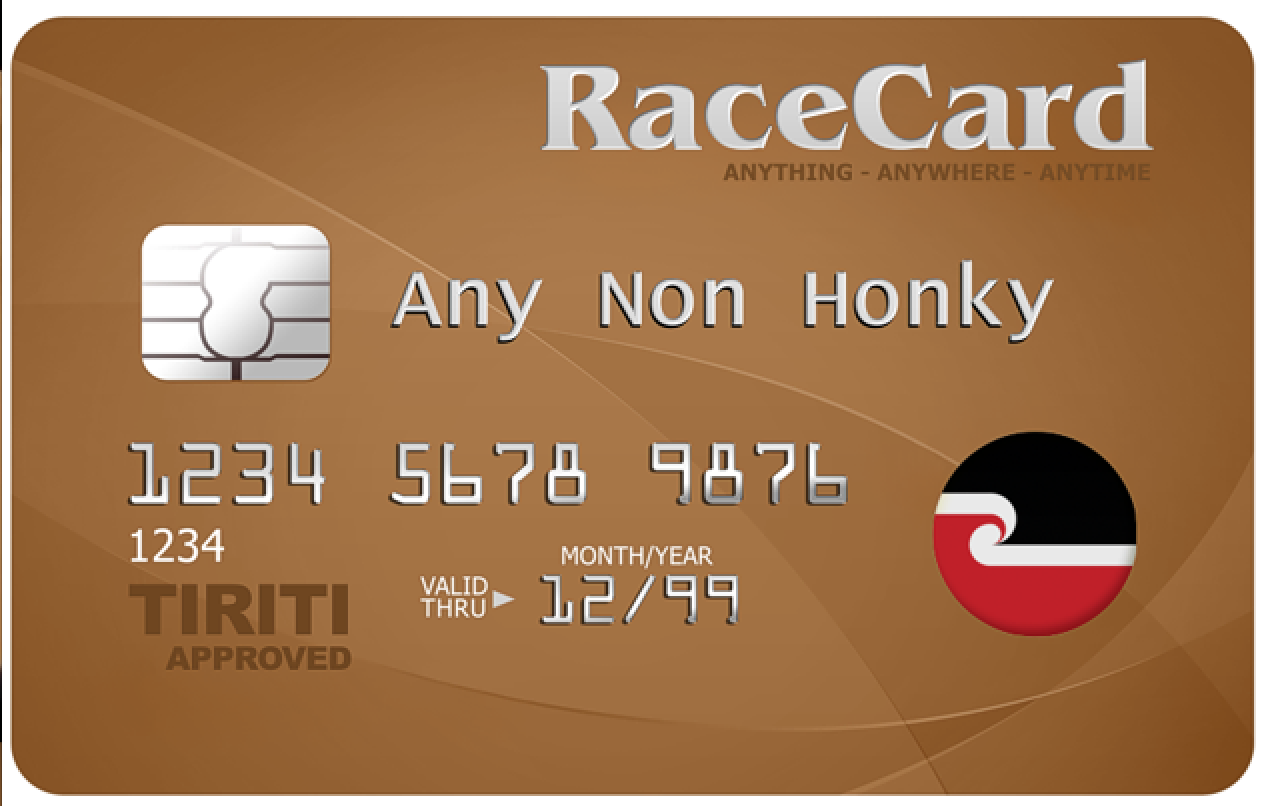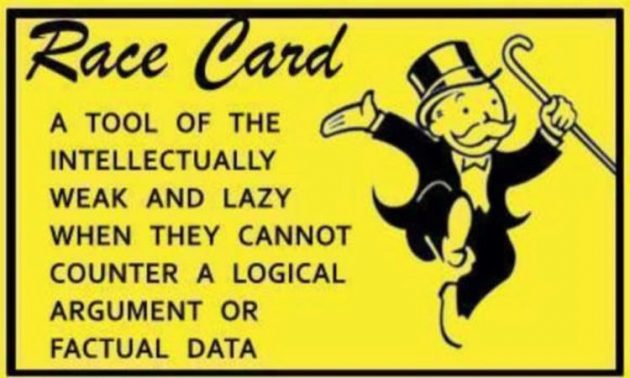We don’t know much about the South Auckland family at the centre of the latest COVID outbreak, except that they are of Pacific Island descent. This is hardly a surprise in South Auckland, where a large part of the Pacific Island and Maori communities reside. But their ethnicity is not important, right? COVID doesn’t attack people because of their race. It attacks anyone and makes those that are vulnerable very ill indeed.
The decision to put everyone with the disease into quarantine was the only sensible one. I was one of those who thought that allowing people to self-isolate was wrong. It was just too easy to break the rules. Okay, so you could have your groceries delivered, but what if you run out of milk? Surely a super-quick trip to the local dairy isn’t going to matter? And we know that many tourists came in and were told to self-isolate, but they didn’t. I’m sure many people did as they were told, but equally, some did not. So this time, prompted by Mike Hosking and his ’rounding up sheep’ analogy, the Director-General of Health issued an instruction that everyone who tested positive for the virus must be quarantined. And that was it.
Well, unfortunately not.
The Government has been accused of a “patronising” and “racist” policy for moving Covid-19 positive people into quarantine.
After community transmission of the virus re-emerged in New Zealand this week, Prime Minister Jacinda Ardern announced all detected cases would be required to move in to quarantine facilities. In the previous outbreak, positive cases were only required to self-isolate in their own home.
The latest outbreak is centred in South Auckland, and appears to have disproportionately affected Maori and Pasifika people.
On Friday, an expert advisory group set up in response to the pandemic Te Ropu Whakakaupapa Uruta, criticised the shift.
A few points need to be noted here. First, last time, we had no quarantine facilities set up. Hundreds of people were testing positive for the virus and there was nowhere to put them. Since then, the situation has changed. There is pressure on the quarantine facilities with the number of people returning to the country, but the facilities are much more widespread then they were when the pandemic first broke out here.
Secondly, quarantining those who have tested positive for the disease protects other family members. If an infected person continues to live with family members who have not caught the disease, their chances of infection are high. If the infected person is immediately removed from the household, the other family members may escape the virus. At least it gives them a fighting chance.
Thirdly, we are all sick to death of hearing slogans like “Team of 5 Million” and “Be Kind”, but the first instruction is — if you are sick, stay home. We are all expected to adhere to that rule, for the protection of others. Might I suggest that the young woman from the infected family who was suffering with symptoms but went on a 4-day road trip to Rotorua and Taupo somehow seems to have forgotten that particular request and, once again, it’s proved that people cannot be trusted. Whether she did it deliberately or simply forgot what she was supposed to do, she put hundreds, possibly thousands, of other people at risk, and therefore the rules about quarantining those who have caught the virus are the only way to protect the public.
But no. It’s racist.
It’s racist on a number of levels,” said Reid. “It’s racist because it’s patronising. It’s racist on its stereotyping. It’s racist on its assumption we don’t have the skills and the decision-making power to make good decisions.”
Well, might I suggest that the young woman in question did not make good decisions, but nevertheless, the rules are there for everyone. It is a public health decision, and everyone must abide by the same rules, no matter the colour of their skin. After all, we probably have a few people of European ethnicity with the virus by now. They have to go into quarantine too.
Minority groups always demand special treatment. We have been quarantining people who may have the virus for months now, but because it is now known that the family at the centre of the latest cluster is from a minority group, they insist, as always, on special treatment. If you treat them like everyone else, you are being racist. But, isn’t the whole point of anti-racism that we should be treating everyone in the same way, regardless of their colour? Isn’t that what we are supposed to do?
I suppose there is nothing racist about Maori communities setting up roadblocks to protect their own people; ruthlessly excluding anyone who is not a member of the local tribe? No, that’s not racist. Lots of Maori died of the Spanish Flu. Lots of Europeans did too. It was a hundred years ago. Minority groups can segregate themselves if they want, but if the government does it, even if it is for their own safety, it’s racist.
The saddest part of all of this is that until I read this article, the question of racism simply hadn’t entered my head, as I am sure it hadn’t entered yours. The virus doesn’t differentiate. Anyone can catch it. Last time if anything, fewer Maori and Pacific Islanders were affected by the disease. Sure, if they catch it, they may be at a higher risk, but only because of poor health statistics in their communities. Everyone knows the virus kills people with underlying health conditions. But now, it is a race issue, like just about everything else.
But one thing we didn’t know, until this weekend, is that the virus is racist too. Who would have guessed?
If you enjoyed this BFD article please consider sharing it with your friends.


